Decorative Arts & Ephemera
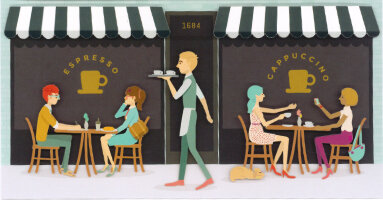
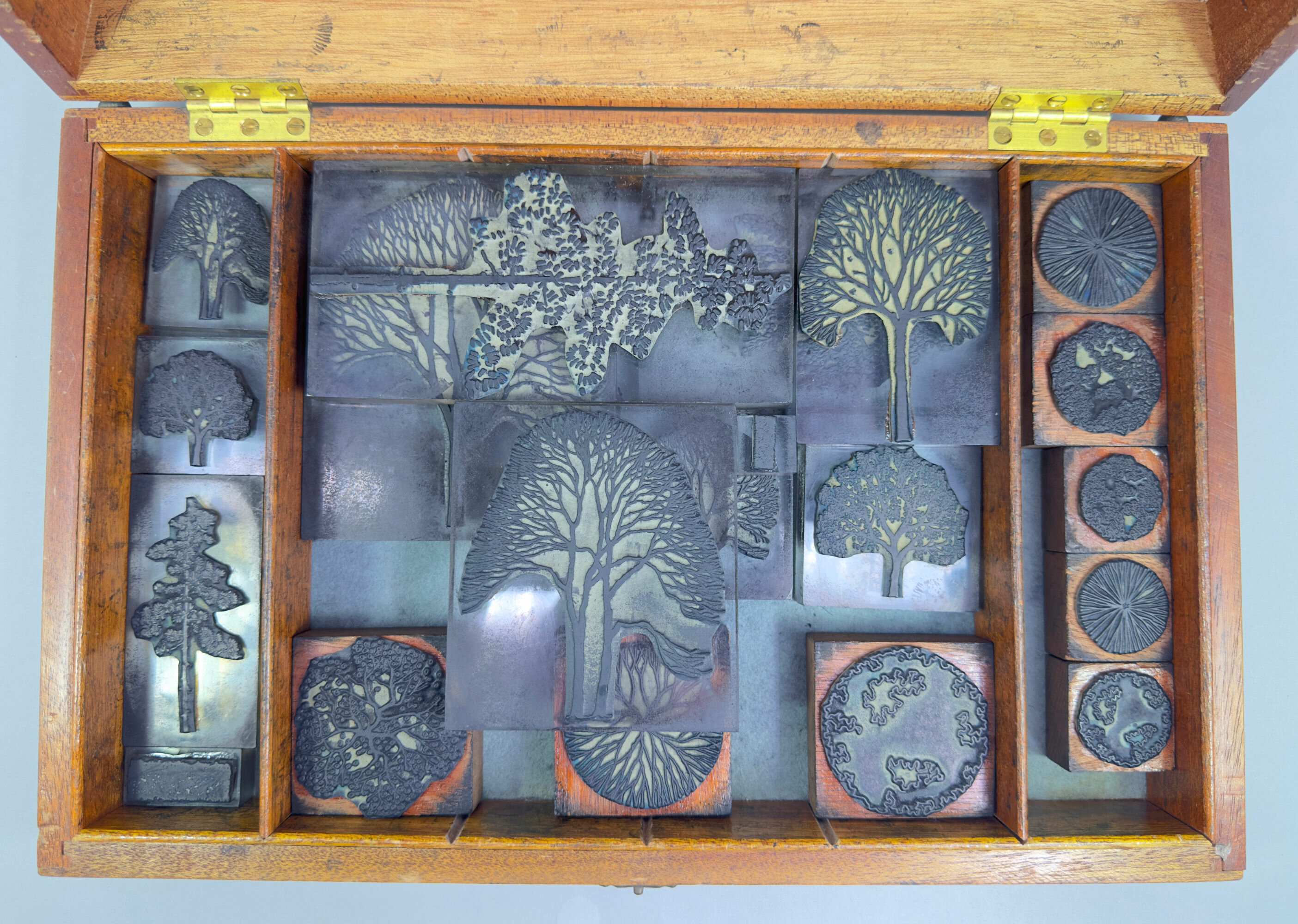
A group of twenty assorted artists Stamps in H&R Johnson sample Box, C20th
Price: £75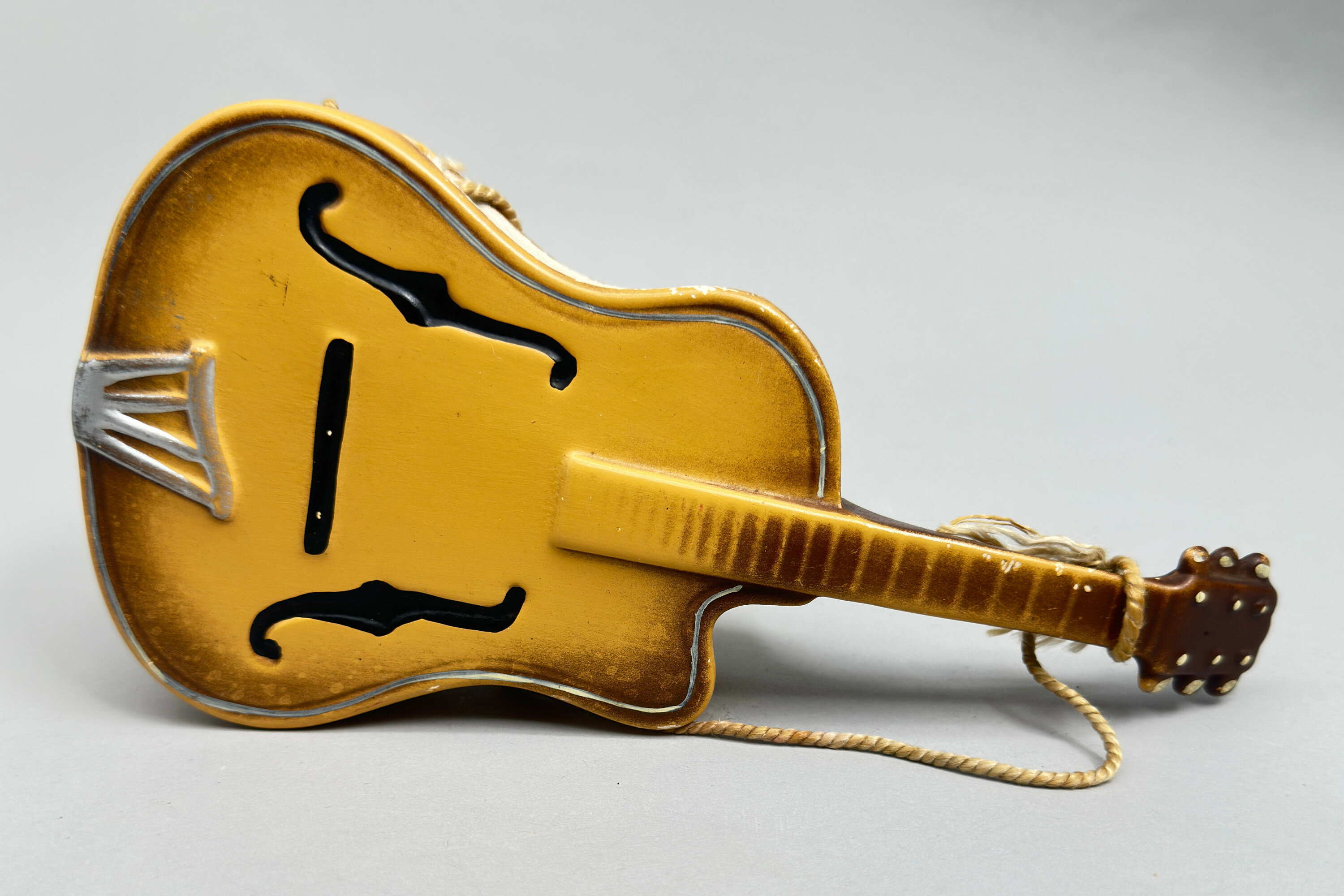
Novelty ceramic Wall Vase in the form of a Gretsch Guitar, English, 1950s
Price: £25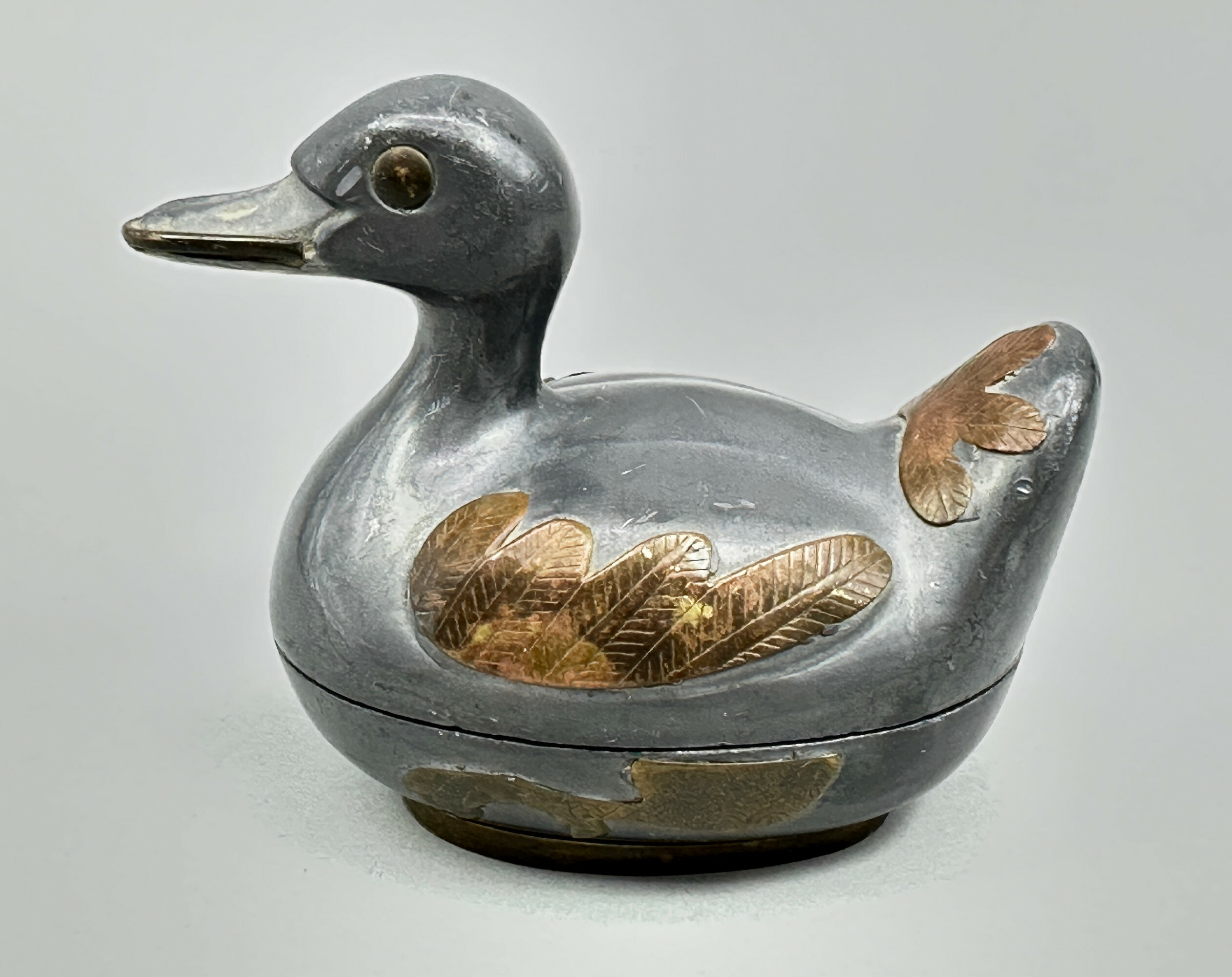
Pewter and brass box and cover in the form of a Mallard Duck, Gatco, Hong Kong, 1960s
Price: £25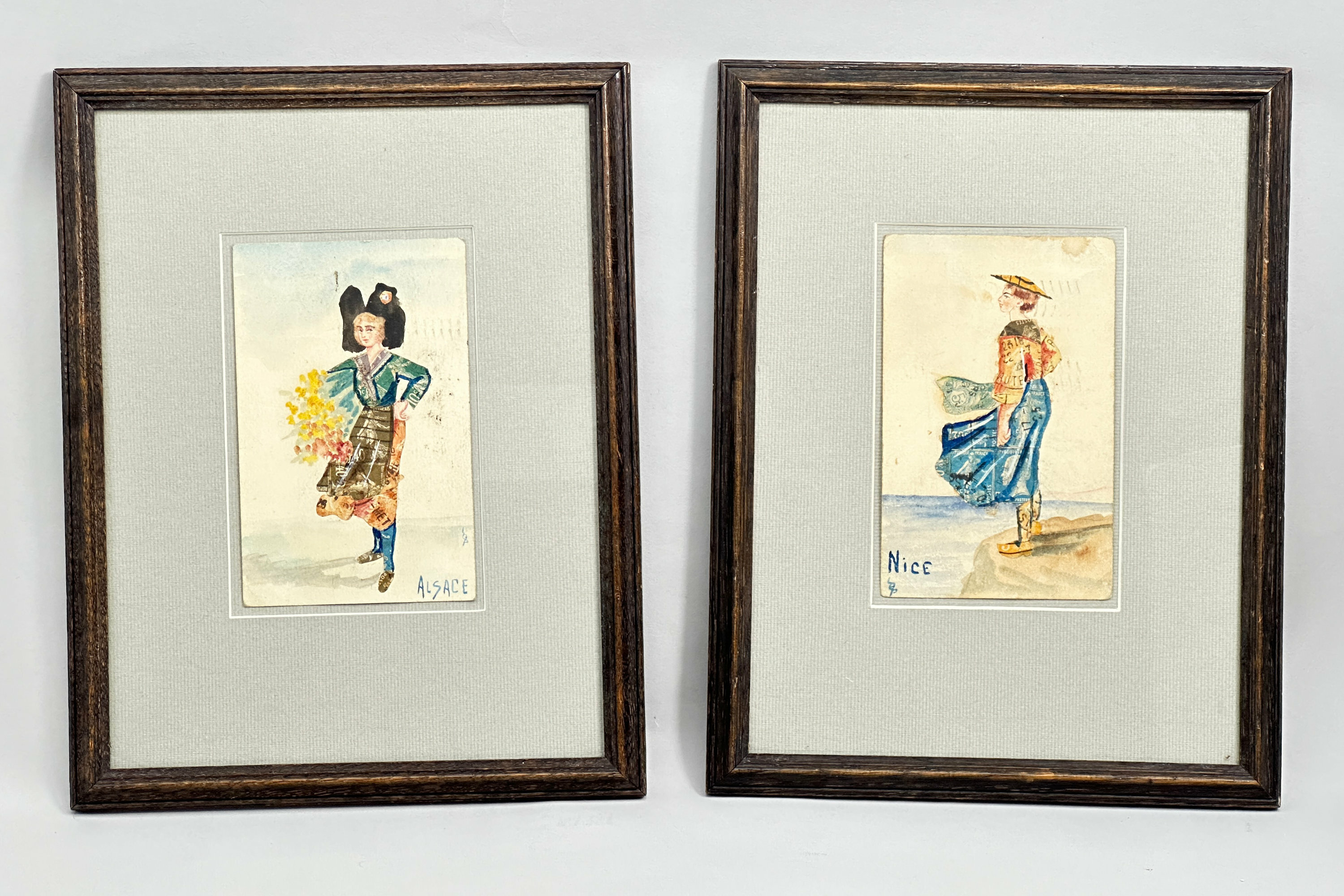
A pair of stamp collage Postcards, Alsace and Nice, framed, early C20th
Price: £45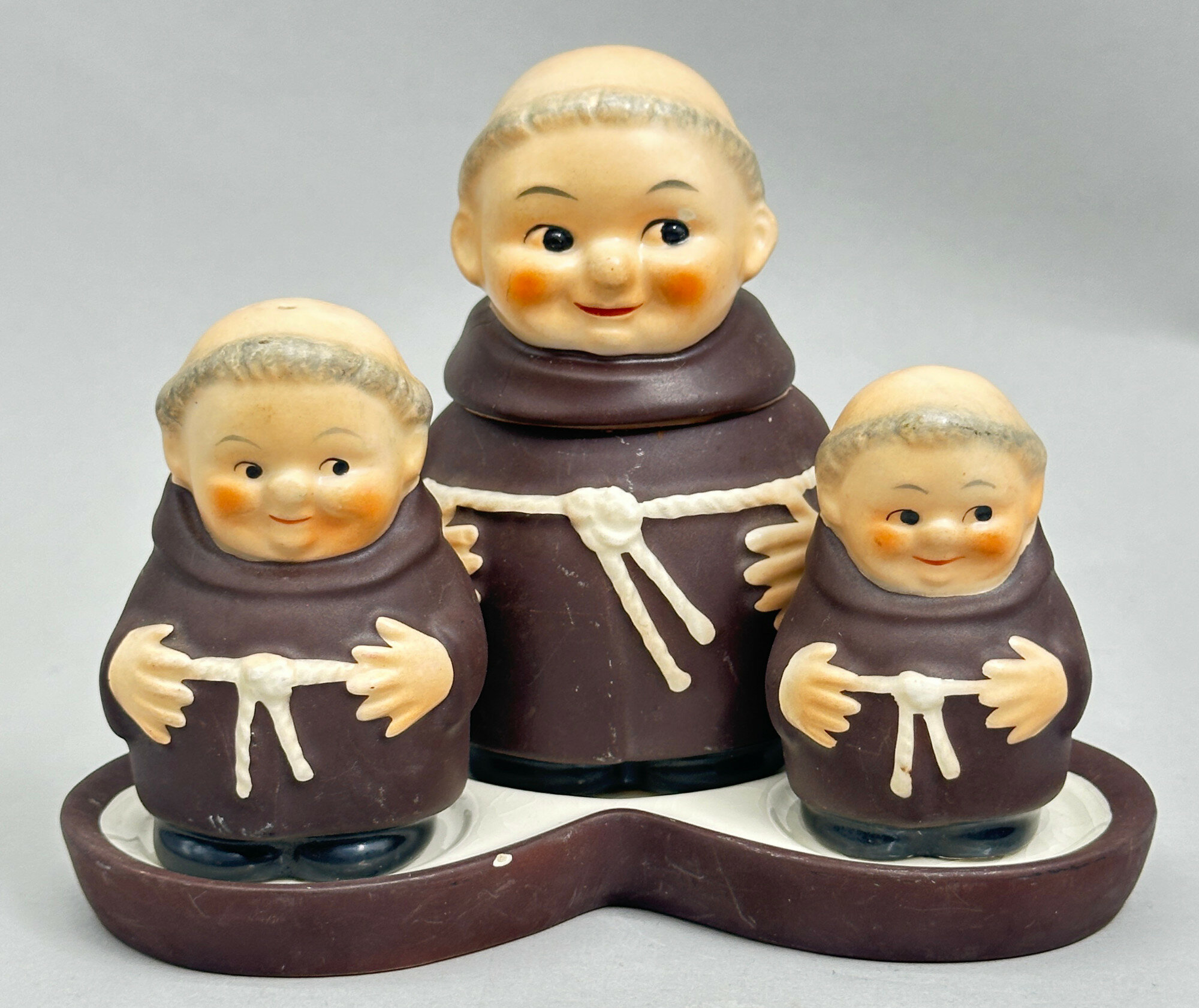
Cruet set in the form of three Friar Tuck Monks on a Tray, Hummel, West Germany, 1960s
Price: £55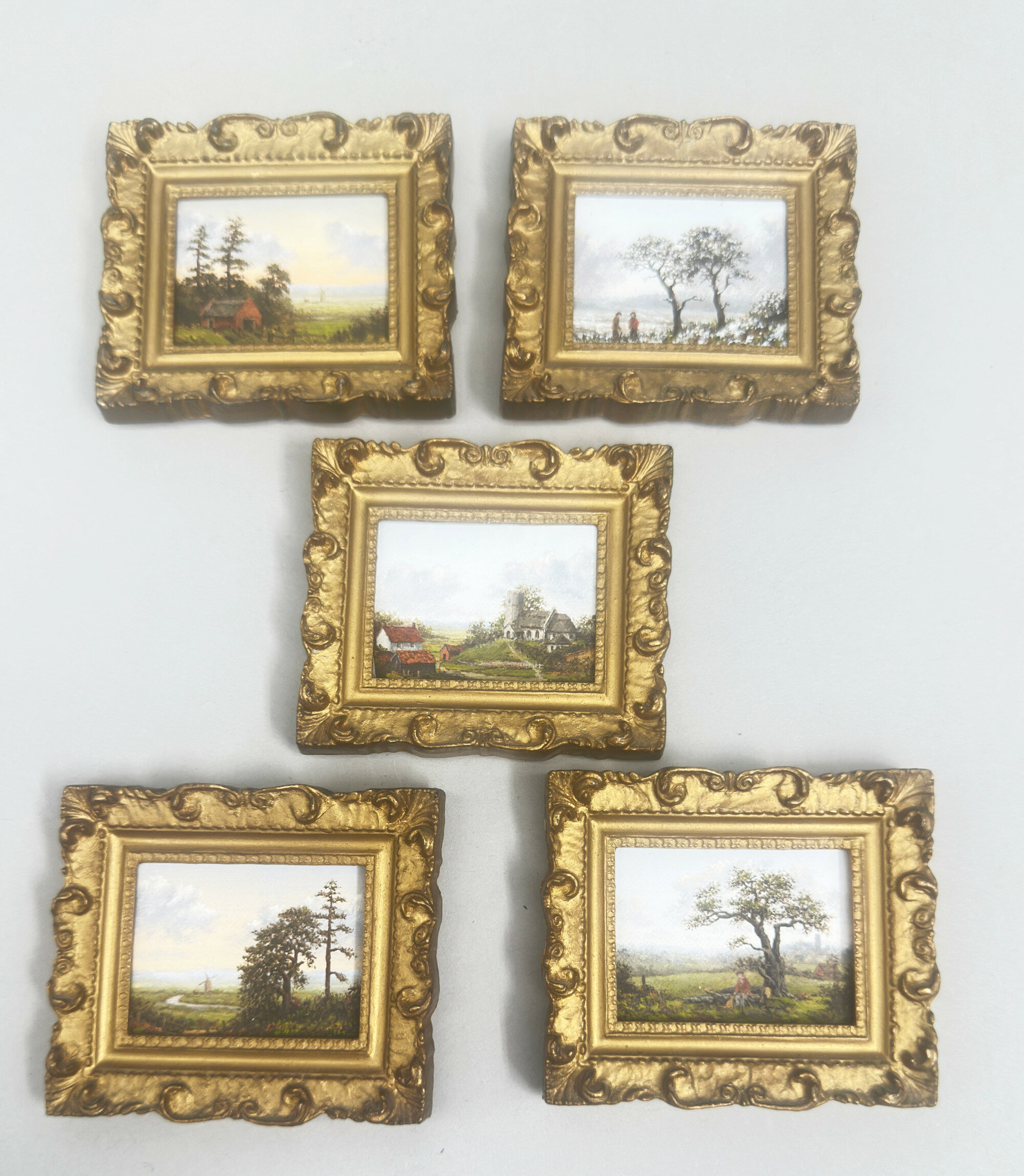
Set of five small landscape paintings attributed to Charles Boyland Turner, C20th
Price: £110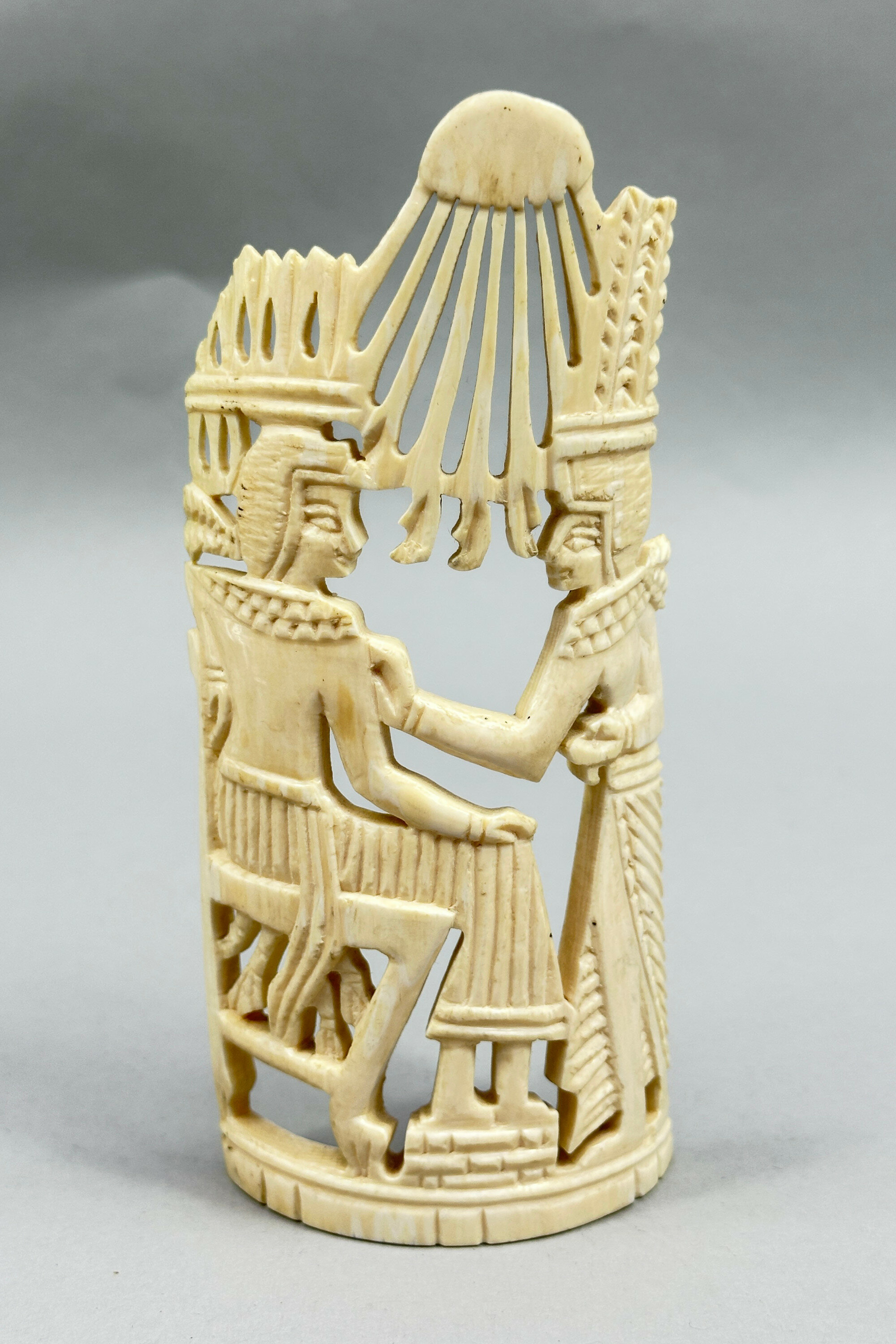
Egyptian table decoration depicting a Pharoah and Attendant, c1940
Price: £45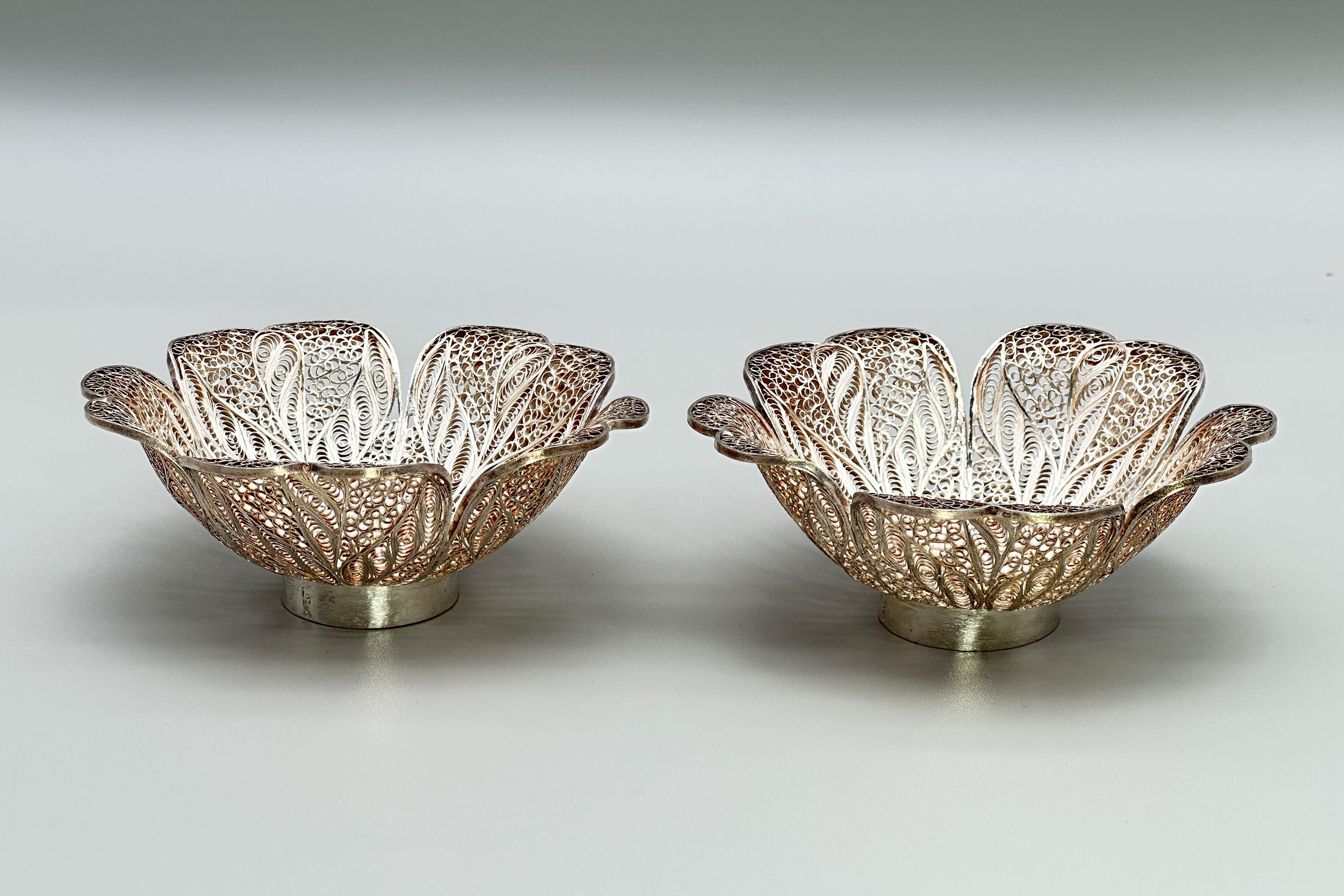
Pair of Silver Filigree Bonbonnieres, probably continental circa 1900
Price: £110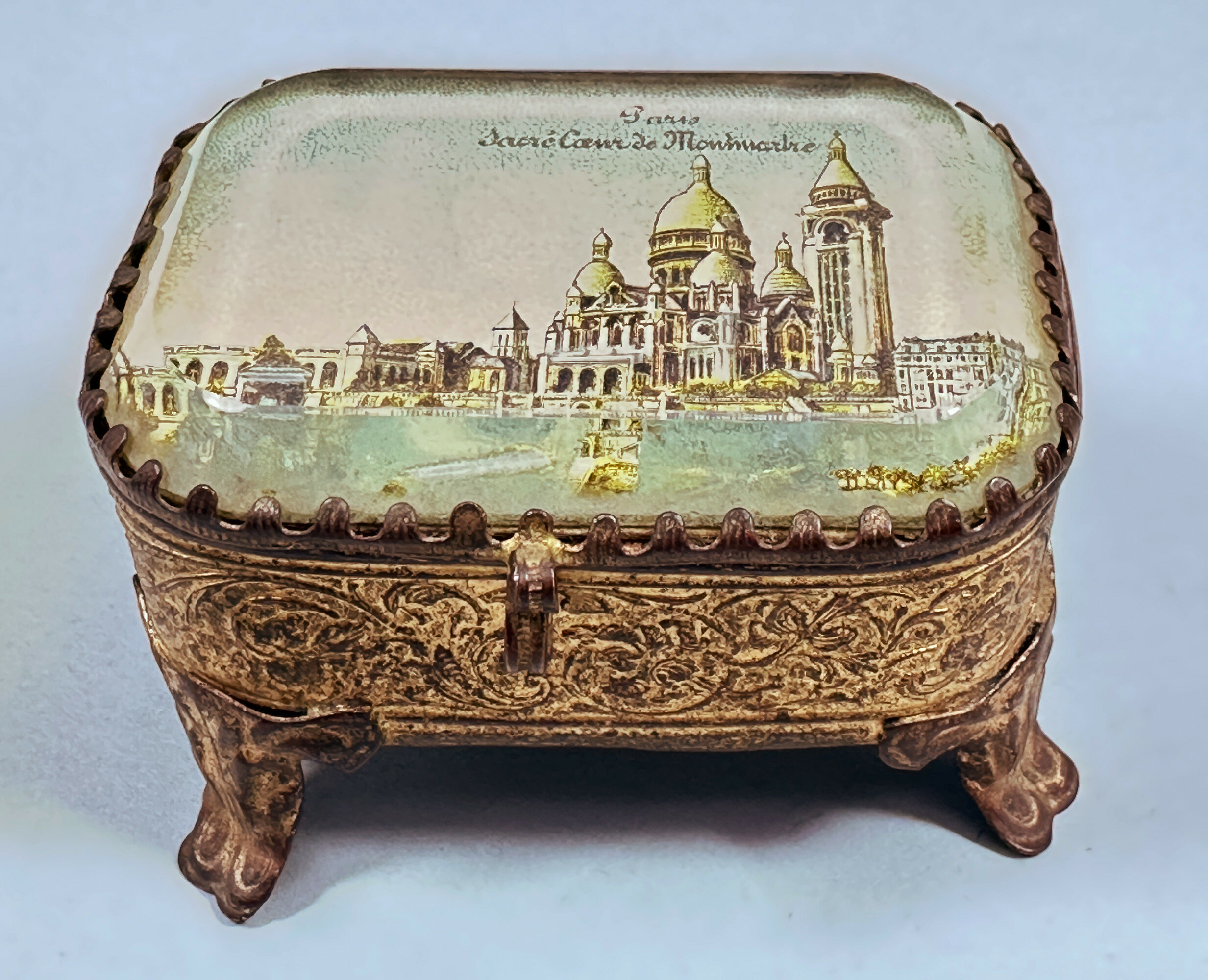
French Souvenir Verre Eglomise Box and Cover, Sacre Coeur de Montmatre, circa 1900
Price: £55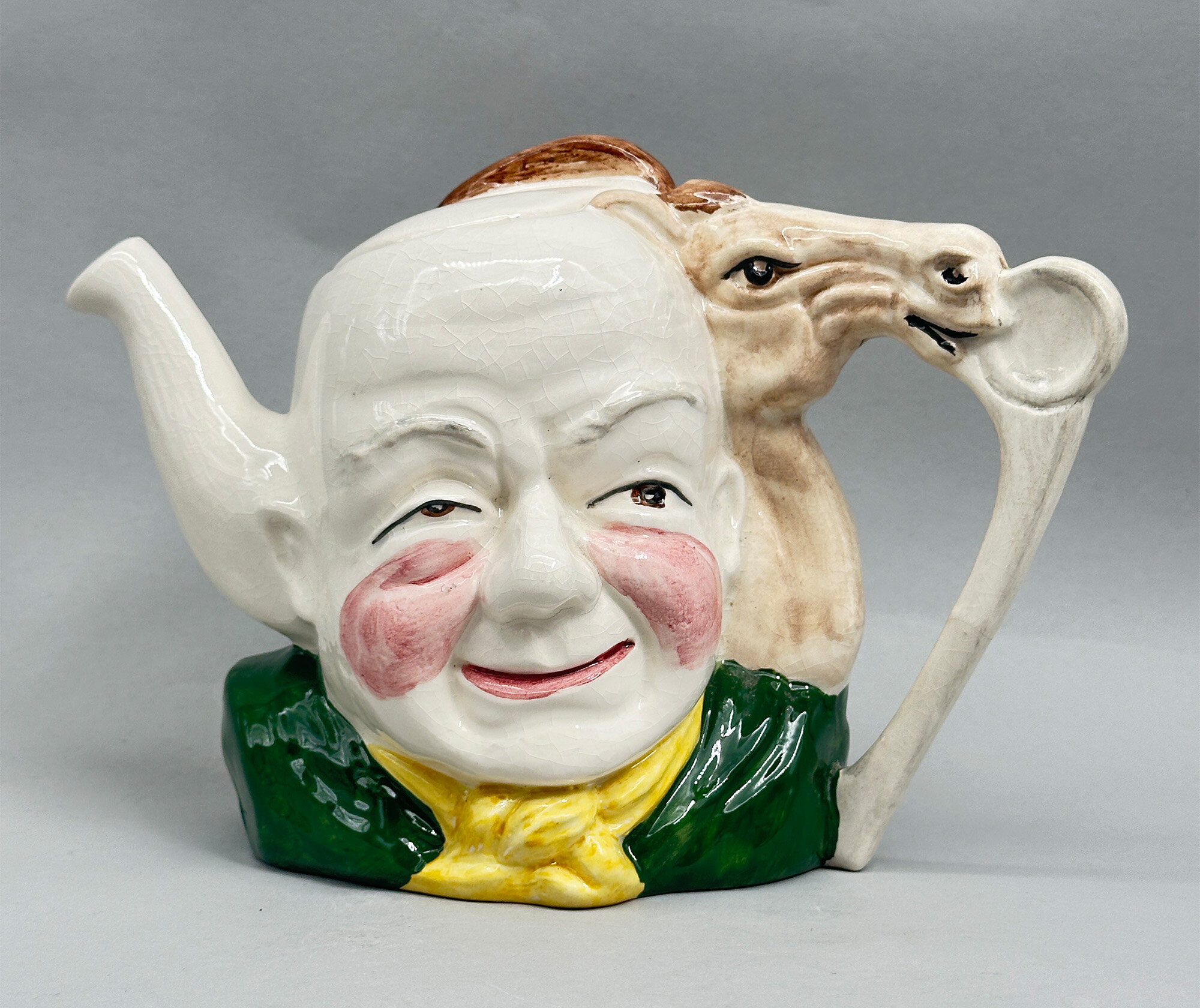
Crown Winsor Jockey Teapot, 1980s
Price: £35Crown Winsor was a short lived earthenware manufacturer at the Sylvan Works, Longton, Stoke-on-Trent, England, previously the premises of the firm Shaw and Copestake, who traded under the well known name ‘SylvaC’ and went into voluntary liquidation in 1982. A workers co-operative trading under the name of Longton Ceramics attempted to take the business over but with little success and eighteen months later the enterprise was fully taken over by United Co-operative Society and run under the name of Crown Winsor. The Co-operative society already owned the Windsor Pottery works and the Crown Clarence Pottery works which was the source of the ‘Crown Winsor’ name. Production centred on whimsical and novelty items, sometimes made from the old SylvaC moulds but demand proved weak and the business ceased trading in 1989. This teapot is typical of their range and the elaborate cipher underneath seems to read ‘CW’ grandly announcing a trade name which unfortunately had a very short life
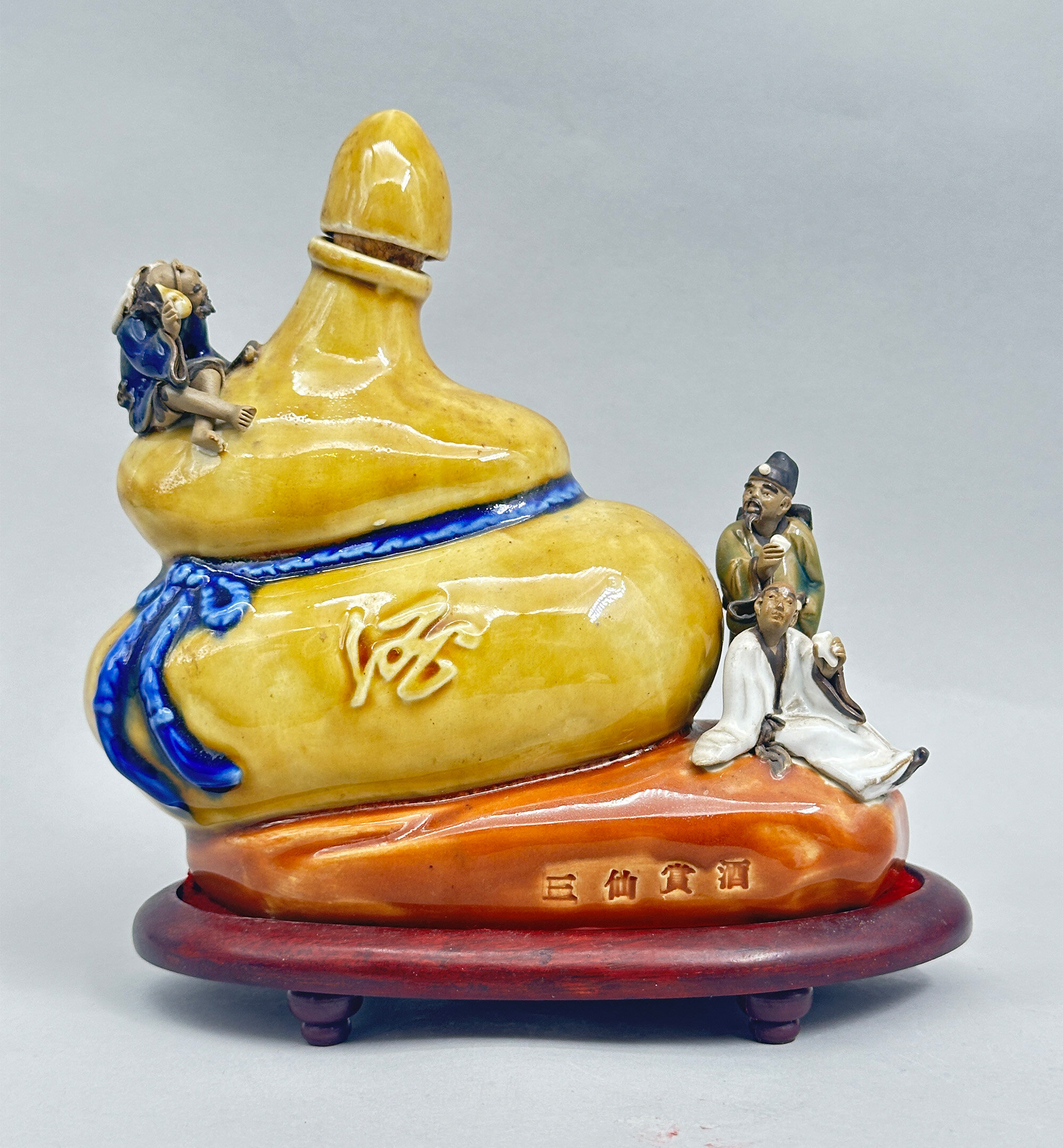
Chinese Qu Wine Decanter, Sam Seng Wine Co, late C20th
Price: £35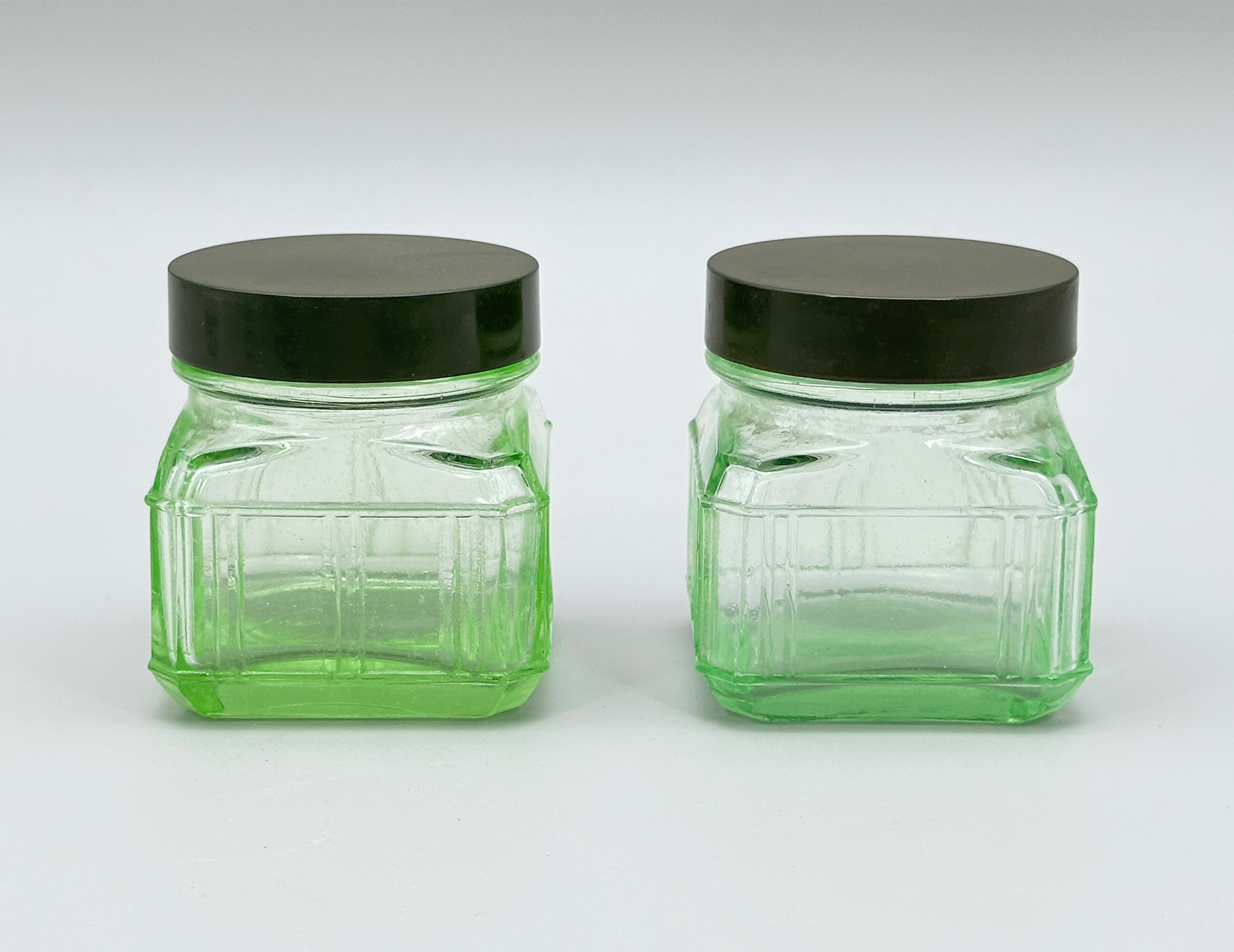
Pair of small green depression glass Jars with bakelite Covers, 1930s
Price: £45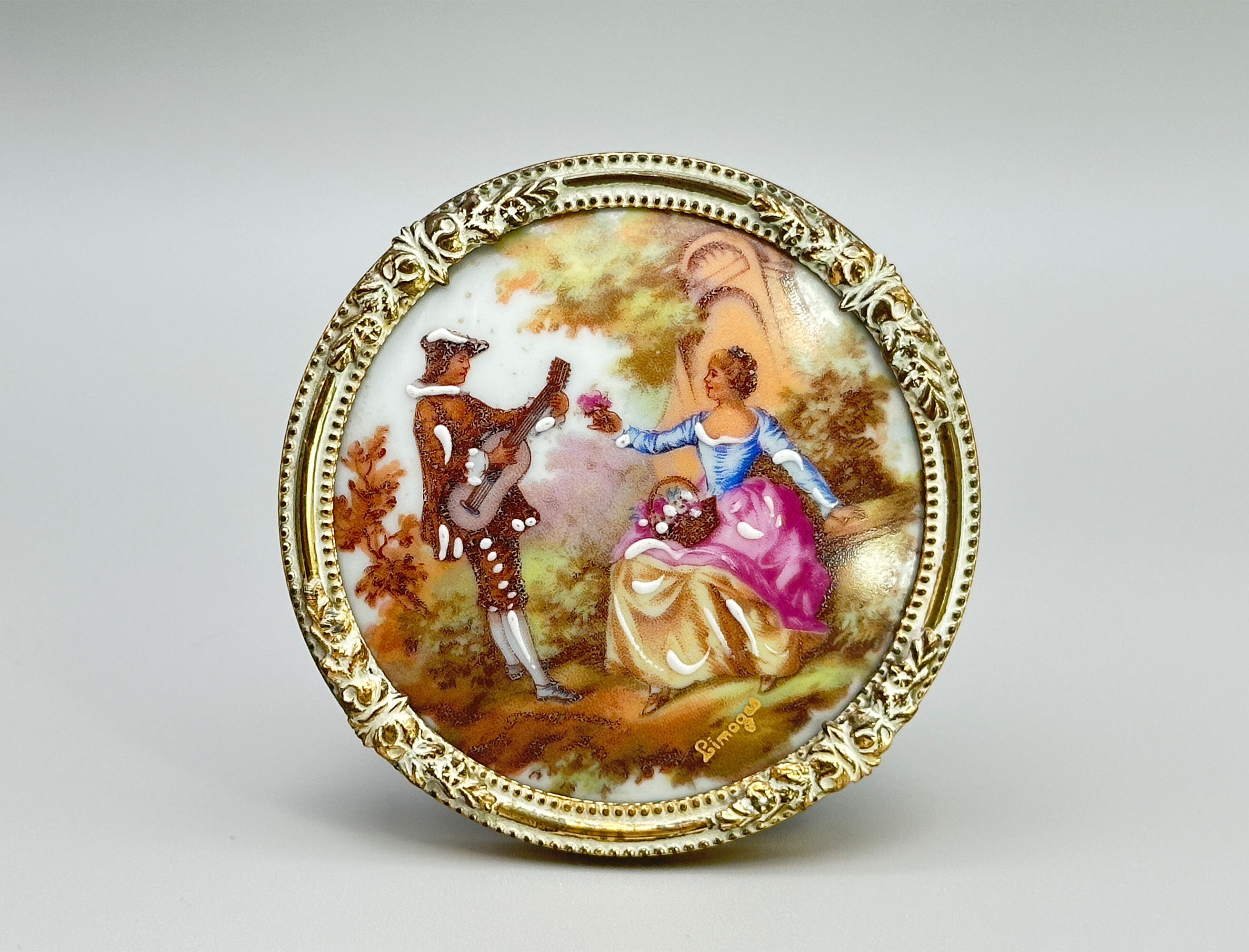
Small circular ceramic plaque after Fragonard marked Limoges, framed, late C20th
Price: £25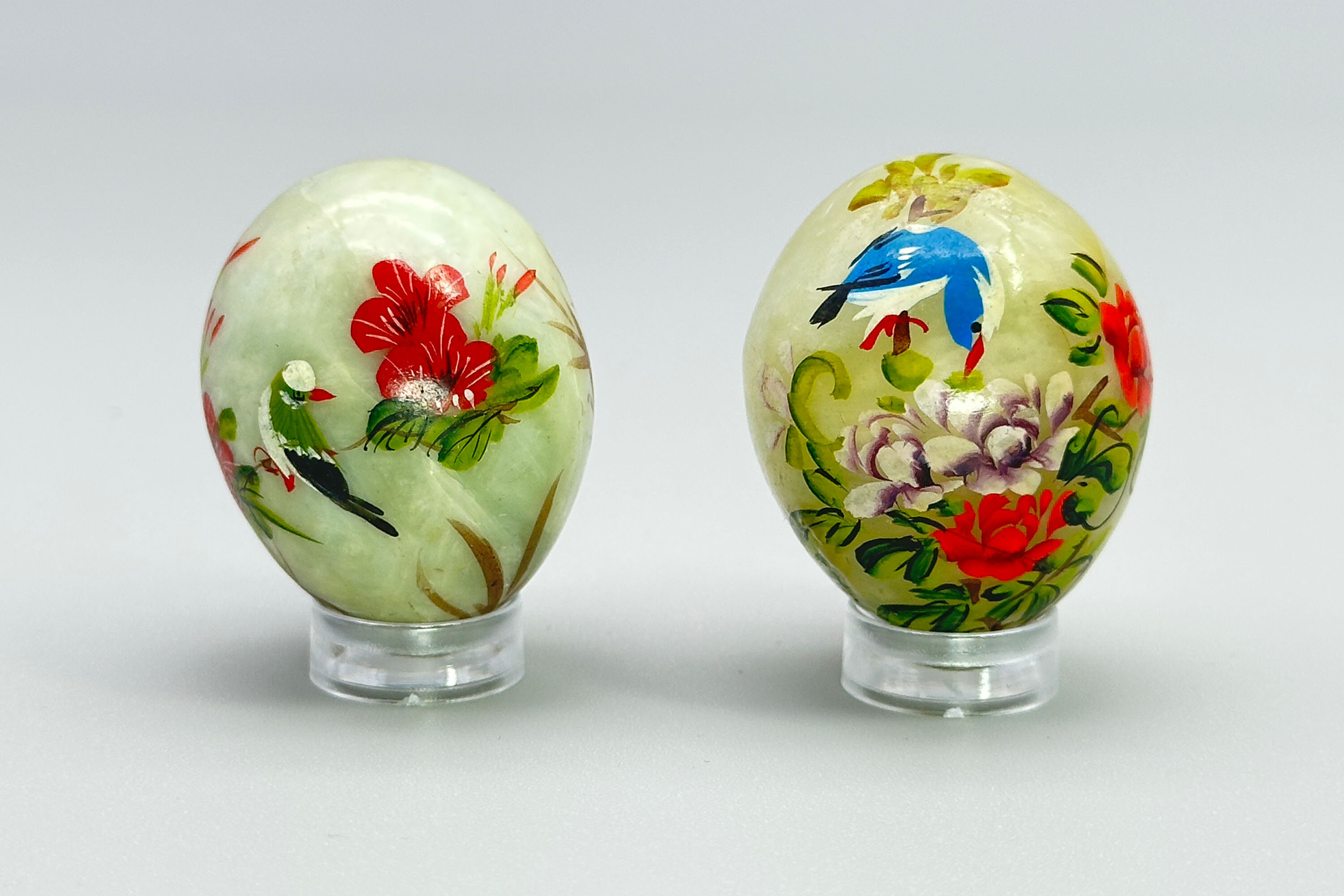
Pair of Chinese hand painted jade Eggs with modern stands
Price: £25
Pair of continental style openwork border Dishes, probably Chinese C20th
Price: £20
Trade+Aid Teapot, Van Gogh Café Scene, UK 1990s
Price: £25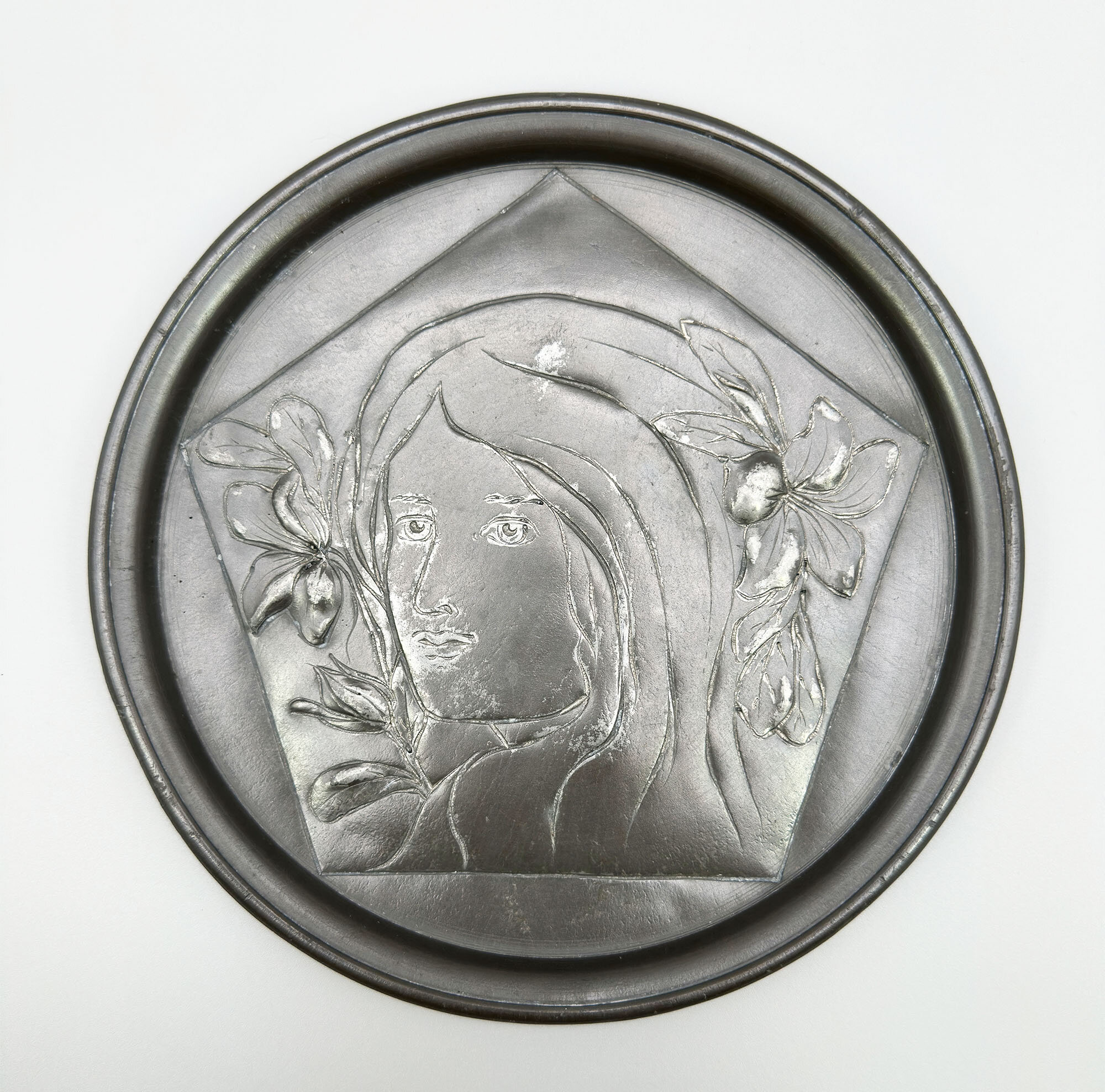
Pewter Plate in the Art Nouveau style, marked Joh. Heidl, C20th
Price: £20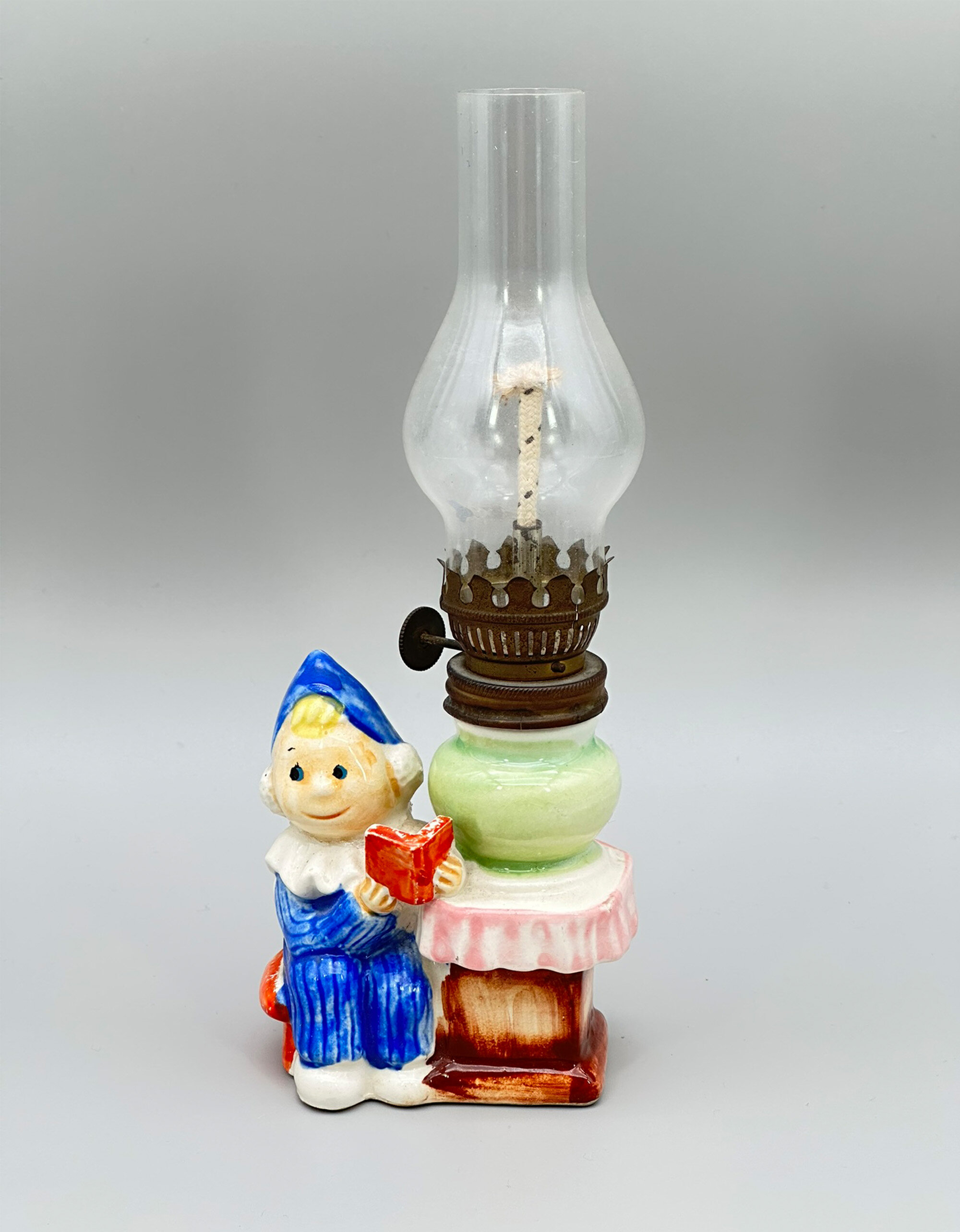
Andy Pandy Oil Lamp, German, Karl Meyer, 1950s
Price: £35TV linked merchandise was created even in the earliest days of the medium and this charming small ceramic oil lamp, hardly the safest accessory for the nursery, is an amusing example. Andy sits next to a table with an urn on the top which forms the base of the lamp. Oil or paraffin would have been contained inside and once lit the wick could be adjusted by turning the round flat knob on the side. This has the trademark symbol for the German toy manufacturers Karl Meyer (see image 7). The base is marked ‘FOREIGN’ which was a common requirement for items imported into the UK after the second World War and allowed the makers to conceal their country of origin, which might have been useful to some of them at the time. A true piece of nostagia whether the figure represented is familiar or not.
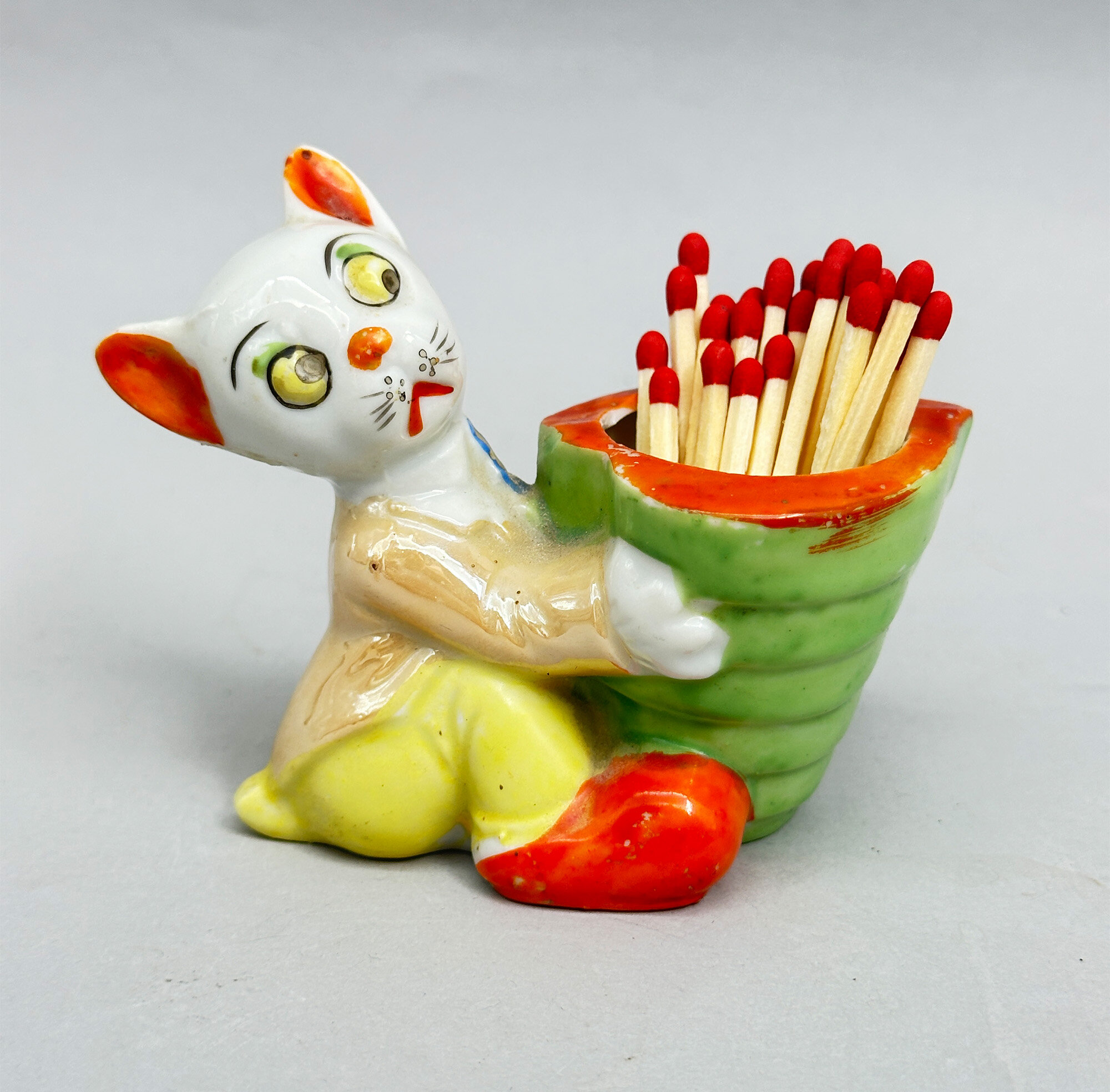
Novelty match holder with cat, Klimax Japan, mid C20th
Price: £20
Pair of petit point Tapestry Pictures, The Needlewoman Shop London, mid C20th
Price: £55The fine stitching used here is a version of needlepoint termed ‘petit point’ because of the small size of stitches used. In general needlepoint, designs are stitched onto fine canvas using a simple tent stitch, a small, diagonal stitch that crosses over the intersection of one horizontal and one vertical thread of the canvas forming a slanted stitch at a 45-degree angle. Petit point uses the same technique but with much finer stitching and thread on a much finer canvas often requiring magnification for the work to be carried out. It allows more intricate designs and shading effects as can be clearly seen here. The technique was particularly popular in France amongst the aristocracy in the early eighteenth century which perhaps determines the choice of subject here but with their intricate stitching and complementary frames, this pair of tapestries would definitely be a candidate for boudoir accessories in the present day.
